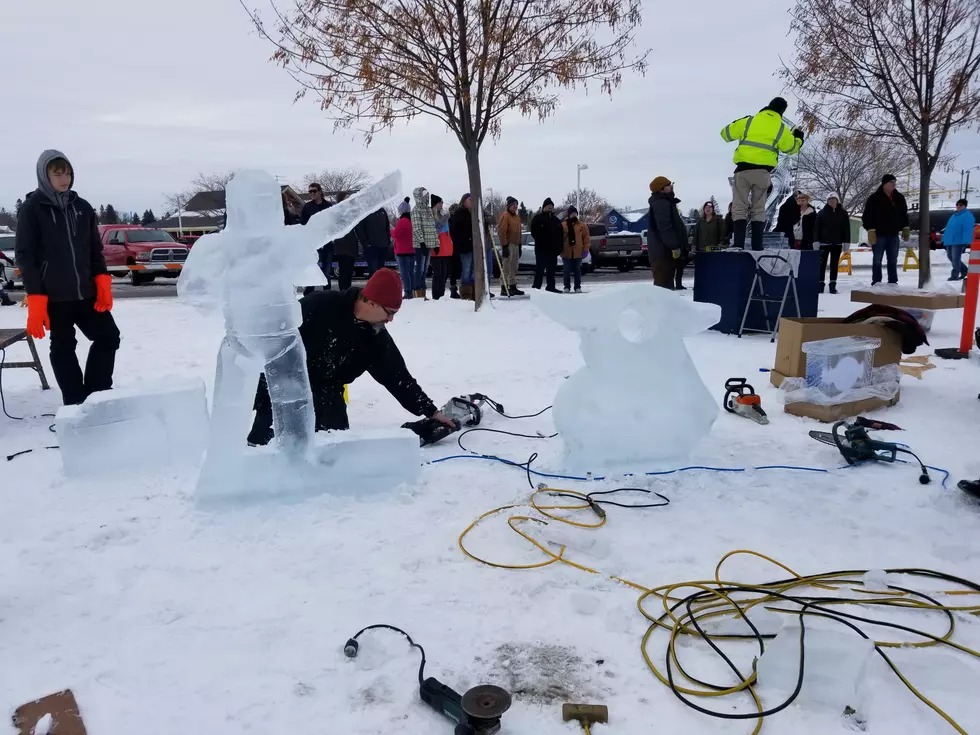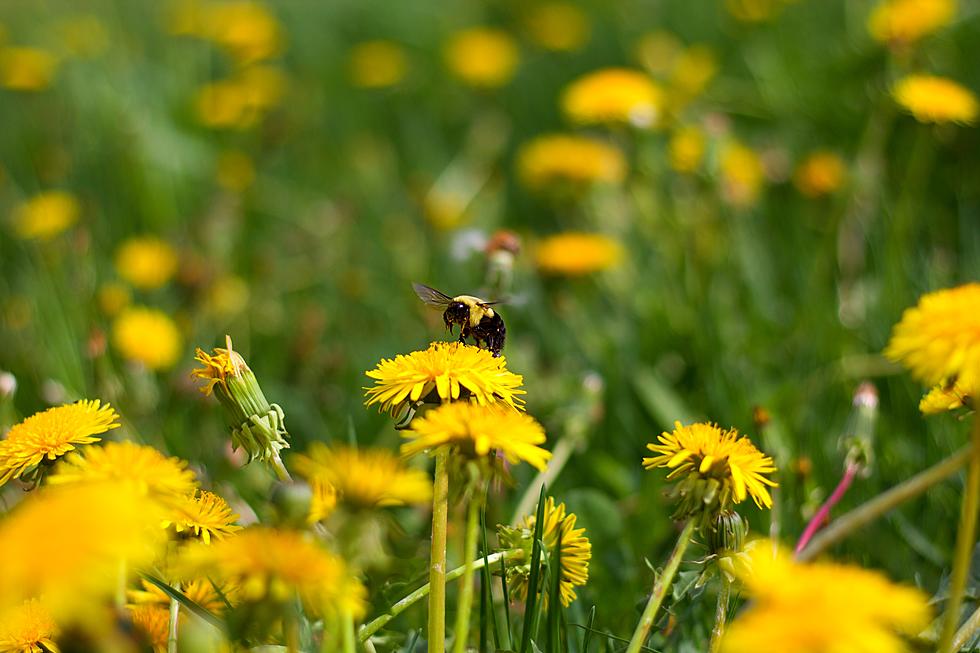
Voting Open for Naming New Lake Superior Ice Festival Mascot
The Lake Superior Ice Festival has a new mascot and voting is now open to give the bear a name.
The new mascot for the annual winter celebration is in search of a name, late in October the festival announced the new mascot and the naming contest, name suggestions were accepted until November 27th, and now the list has been narrowed down to the top 5.
Voting will be open until December 31st, with the winning name being announced on the first day of the two-day Lake Superior Ice Festival, January 26th. The person who submitted the winning name will be awarded a gift basket filled with good stuff. Here are the choices you'll have to vote for:
- Bjorn (Scandinavian for bear)
- Waabi-Makwa (Ojibwe for white bear)
- Pearl
- Blizzy
- Kuma (Japanese for bear)
Pick your favorite and place your vote here. You are allowed one vote per Google account.
The Lake Superior Ice Festival is a weekend of fun, and family activities including snowshoeing, obstacle course, ice sculptures, mini golf, ice racing, fireworks, a giant snow slide, and much more.
Along with the endless activities on January 26th and 27th, there will also be some great shopping opportunities at the Barker’s Island Inn Market & Craft Fair and plenty of food and drink options to keep you fueled and warm for the festival.
Starting back in 2015, the Lake Superior Ice Festival has grown into a large family event that many people look forward to each year. If you remember, the festival was created for an event that included a giant ice sculpture created by Roger "The Iceman", unfortunately, the giant ice sculpture didn't work as planned and has since been scrapped, but the small ice sculptures remain.
Snowiest Cities & Towns In Wisconsin
Gallery Credit: Nick Cooper
Snowiest Cities & Towns In Minnesota
Gallery Credit: Nick Cooper
More From MIX 108



![Station Crew Plays ‘PUCK’ on the Great Lakes Pond Hockey Rink in Superior [VIDEO]](http://townsquare.media/site/164/files/2017/01/Hockey.jpg?w=980&q=75)





